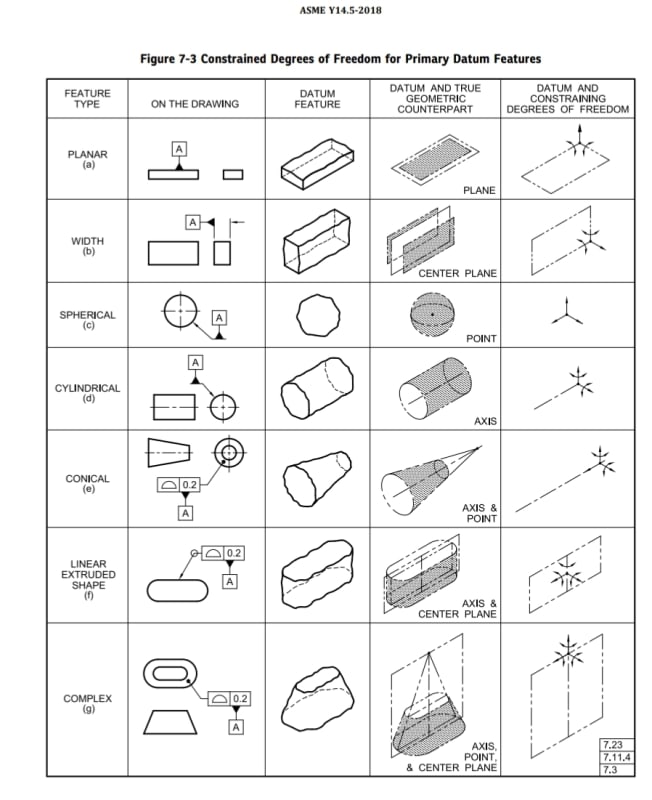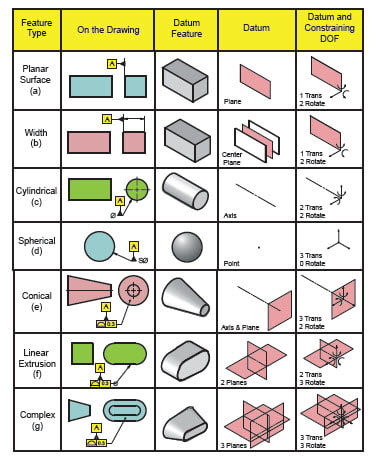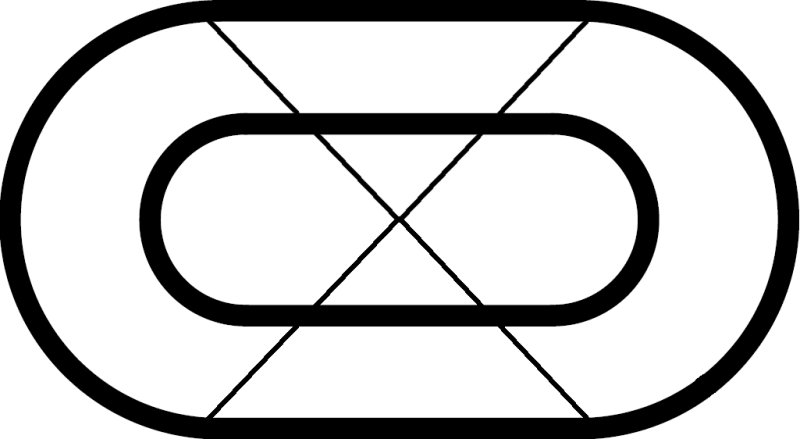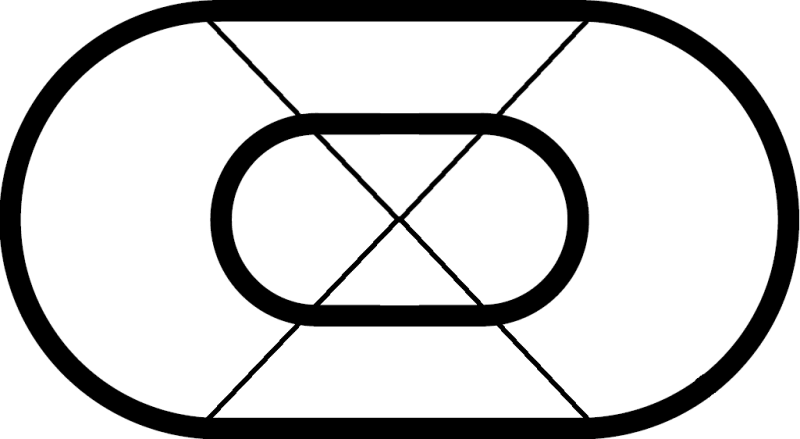SeasonLee
Mechanical
- Sep 15, 2008
- 909
Please ref to the figure below, how many degree of freedom will be constrained by datum feature A (5 holes pattern)? 4, 5 or all 6 DOF?
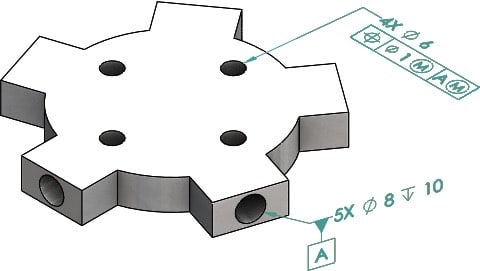
Thanks
Season

Thanks
Season
Follow along with the video below to see how to install our site as a web app on your home screen.
Note: This feature may not be available in some browsers.
